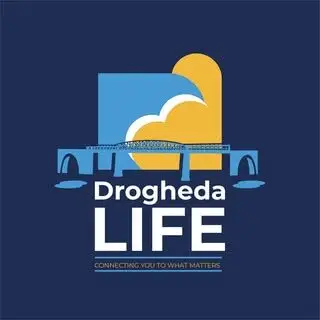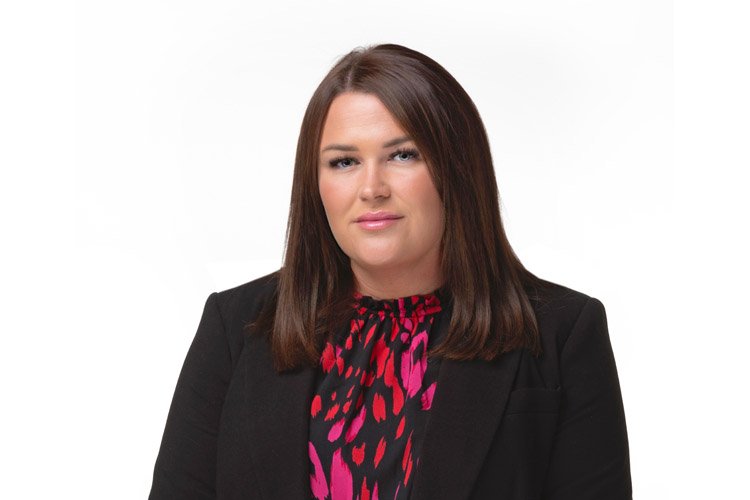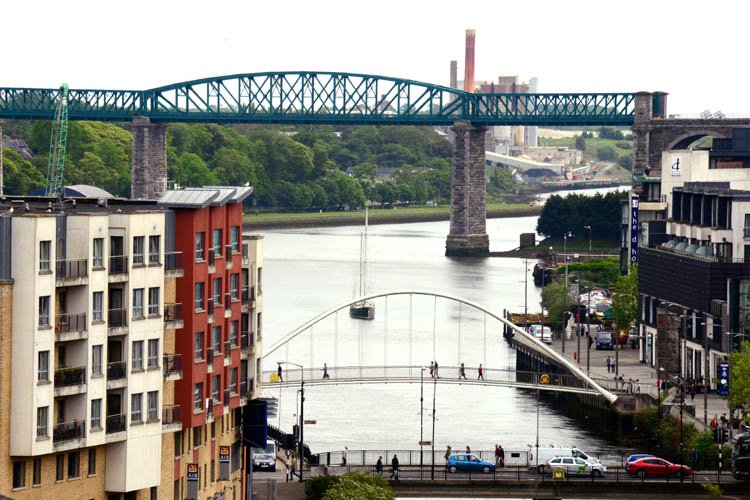Group sees logic in aligning new electoral boundaries to Louth and East Meath constituencies for the future city
Following the report of the Electoral Commission published today, Meath East is to become a four-seat constituency and the areas of Drogheda that are in County Meath will remain in the Louth constituency which remains a five-seater.
In a statement issued today, the Drogheda City Status Group (DCSG) has said that the Commission has effectively acknowledged the close relationship between Drogheda and East Meath (as advocated by DCSG’s and many other submissions) by retaining the largest (“St. Mary’s Part – Meath”) of the two EDs in East Meath within the Louth constituency, thus acknowledging DCSG’s position as Drogheda grows to become Ireland’s next city.
DCSG Chairperson, Anna McKenna, states that the ties between Drogheda and East Meath continue to be ‘broader; geographically closer; stronger and even more critical’ citing that just a few fields remain between Drogheda and Donacarney in East Meath.
“While disappointed that the other East Meath ED – “Julianstown,” that includes Laytown and Bettystown – does not remain in the Louth constituency, they believe rapid housing and population growth on both sides of the River Boyne will see this addressed in the future, given the Commission did give consideration to a constituency centred on Drogheda.
“Already, Drogheda’s footprint is on par with Waterford City and yet there’s absolutely no planning under way for the future city and Drogheda was all but ignored in the current “Ireland 2040” Plan.
“The 7,000 homes currently being built on the Northern Cross Route will house 20,000 people. That part of Drogheda alone will have the same population as the self-styled Sligo City so the next review of “Ireland 2040″ must formalise the Drogheda Metropolitan Area which includes Drogheda; South Louth and East Meath and set out actions to prepare for Ireland’s next city” she said.
In 2017, initiated by then Minister Alan Kelly, a Drogheda Boundary Review was undertaken. At the time, it recommended no change to the existing boundary, but set out a series of recommendations which have since effectively been ignored by Louth and Meath Co. Councils.
DCSG is calling for that review to be revisited by Minister Darragh O’Brien as a matter of urgency, given he recently stated there were no current plans to create the City of Drogheda in response to a Parliamentary Question posed by Deputy Ged Nash.

“The Drogheda Metropolitan Area has been neglected for decades by Local and National Government and State Agencies. The results can be seen, for example, in the thousands of our talented people who have to make long, daily commutes to work or study, resulting in a high social, economic and environmental cost for their families and communities.
“The rapid housing and population growth locally in the era of climate change demands that Government and its agencies prioritise job creation in this area. Part of that requires that Government moves to align Drogheda’s boundary southwards to align with the new Electoral Boundary,” said Anna McKenna.
She added: “It is clear that IDA have failed the people of the Drogheda Metropolitan Area. The Donore Road Business Park, commissioned decades ago should have had thousands of jobs in dozens of businesses there. Instead, today it houses a data centre which will employ mere dozens, and despite Drogheda finally being designated a Regional Growth Centre in recent years, it can still be described as an ‘IDA jobs blackspot’.
“It is disgraceful that Drogheda – Ireland’s next city – does not have one single State employee based here representing the key job creation agencies – IDA, Enterprise Ireland, LEO and Fáilte Ireland.”
In relation to expanding local training and further education facilities, Anna acknowledged the interest Minister Simon Harris has taken along with LMETB CEO Martin O’Brien.
“We are seeing the new electrical apprenticeship centre taking shape and further investment is being made at Drogheda Institute of Further Education where Davy McDonnell and his team have developed one of Ireland’s most respected colleges of its type. Now we need to add to that by establishing a University Campus to serve North Leinster.”





